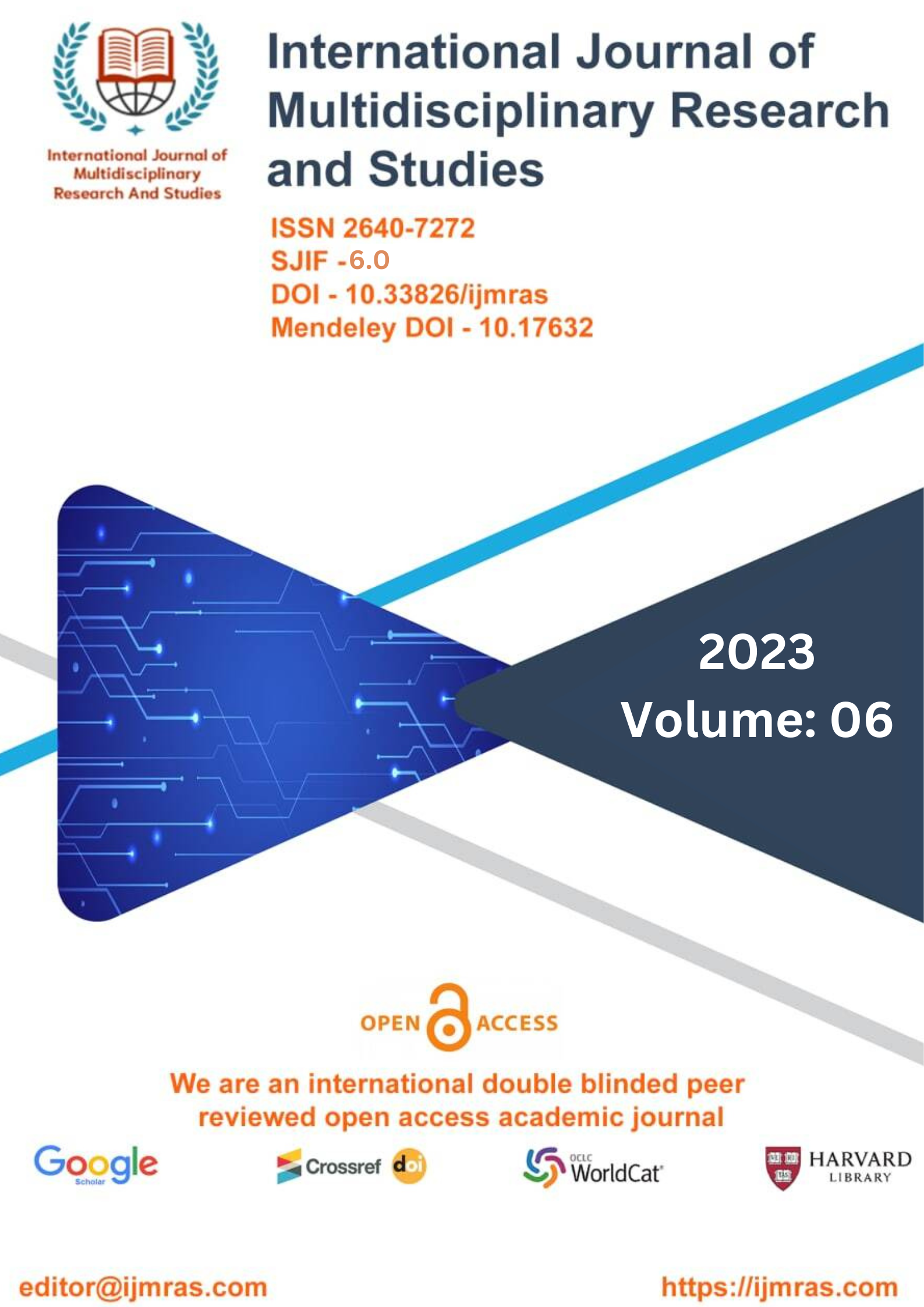Draupadi Breaks the Mould: A Feminist Study of Draupadi by Yarlagadda Prasad
Abstract
The concept of intertextuality as given by Julia Kristeva has been put to perennial use in the Indian literature(s). Many writers have recreated the previous works from a different point of view. The Mahabharata is one among them, it has been the nucleus around which many poems, plays, and novels have been built up. In such an epic Draupadi occupies the central position, mostly as the embodiment of sacrifice and suffering. This paper shall highlight the injustices Draupadi, as a woman, faces during her lifetime and how she has become a symbol of resilience in modern Indian literature.
Keywords
Myth, Feminist Study, Resilience, Sacrifice, PolyandryHow to Cite
References
• Bose, Brinda, editor. Translating Desire: The Politics of Gender and in India. Katha, 2016.
• Das, Sisir Kumar. A History of Indian Literature 1911-1956. Sahitya Akademi, 2015.
• Karve, Irawati. Yuganta. Orient Blackswan Private Limited, 2015.
• Prasad, Yarlagadda Lakshmi. Draupadi. Translated by K.V. Purneswara Rao. Sahitya Akademi, 2016.
• Satchidanandan, K., editor. Myth in Contemporary Indian Literature. Sahitya Akademi, 2010.
• Sharma, T.R.S., editor. Reflections and Variations on The Mahabharata. Sahitya Akademi, 2017.
• Thomas, Roshan. Anglo-American Feminist Literary Theory: A Critical Analysis. The University of Kerala, 30 Dec 2002, hdl.handle.net/10603/130239.
License
Copyright (c) 2023 SURYAKANT YADAV

This work is licensed under a Creative Commons Attribution 4.0 International License.
Individual articles are published Open Access under the Creative Commons Licence: CC-BY 4.0.




